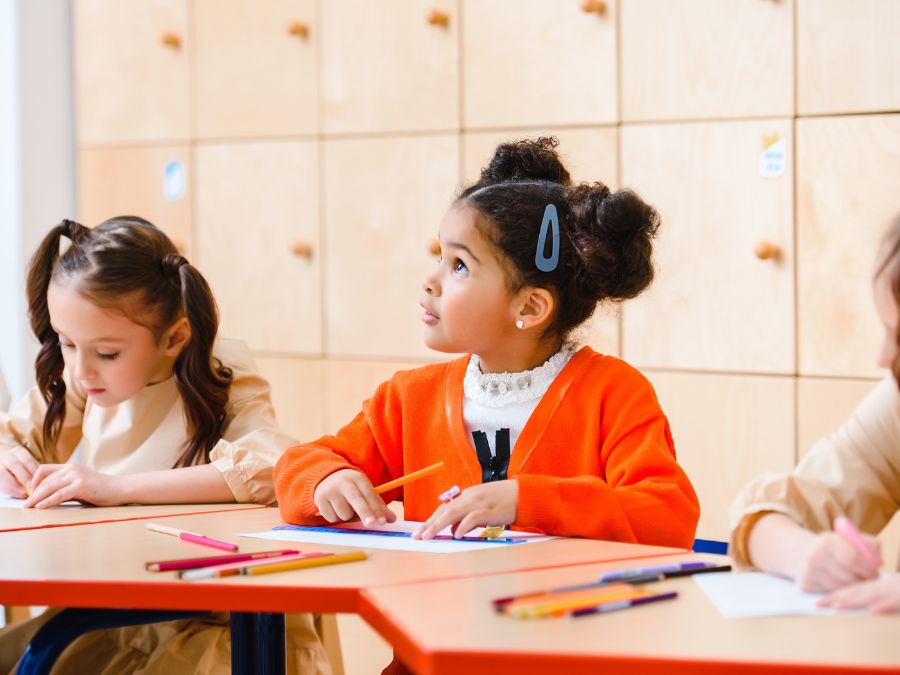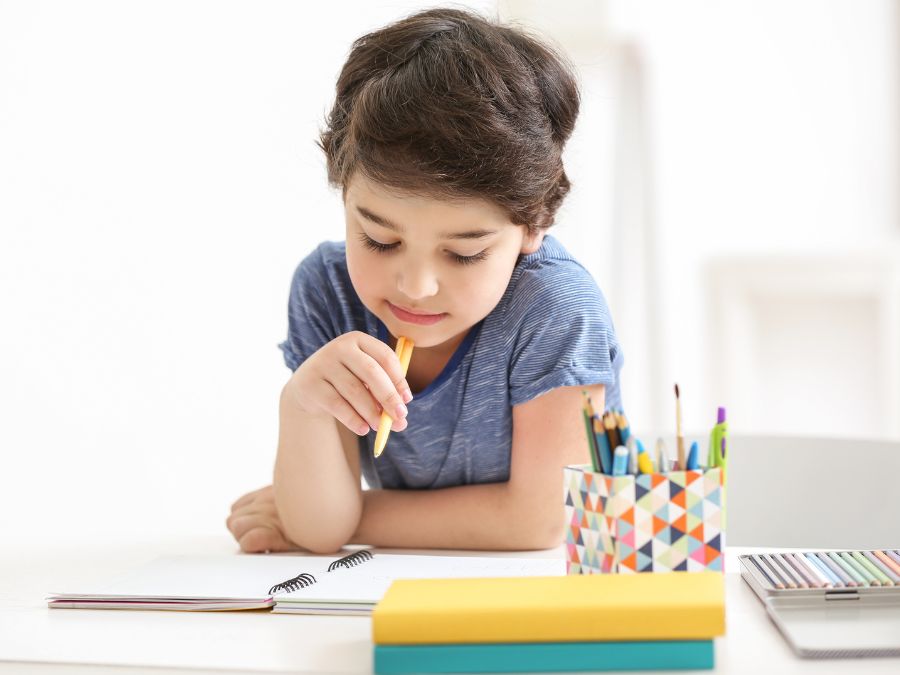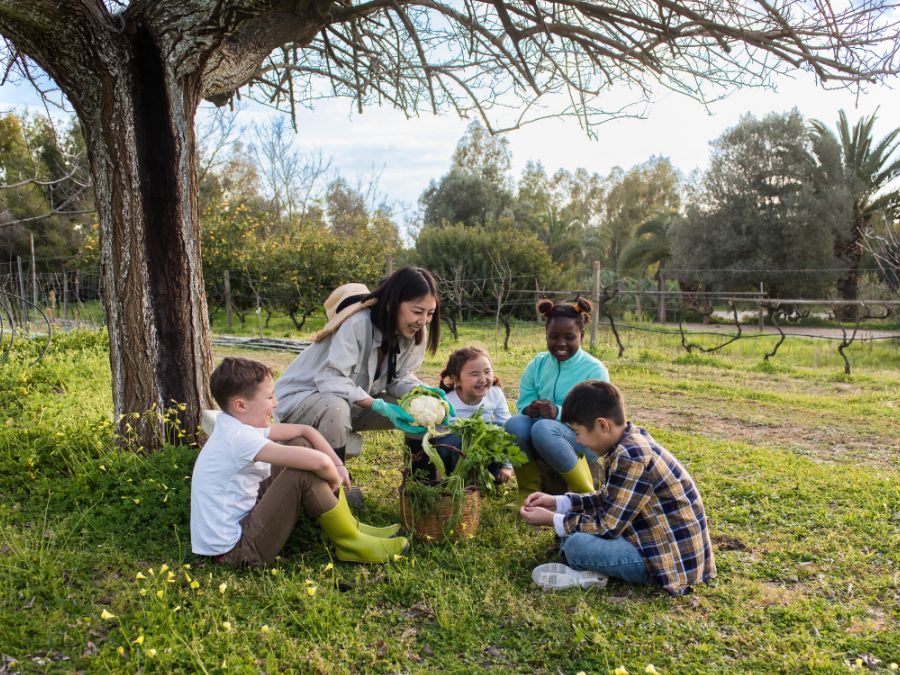
Throughout the Week of HOPE, we will be sharing stories of practicing the HOPE framework. As we conclude our first day of the HOPE Summit, we can reflect on the ways to promote HOPE many different settings. The interview below is a great example of how to practice the HOPE framework in educational settings. Junlei Li, a faculty member at the Harvard Graduate School of Education shares the impact of human relationships on children’s development, and the development of the health of adults. Learn more about the different ways to practice HOPE during our Week of HOPE as we post more examples of practicing HOPE.
How does the work you do in education and relational health incorporate the HOPE framework? What does HOPE in action look like for you?
One of the biggest things that we have done with the HOPE framework is engage communities and leaders to think or rethink the impact of positive childhood experiences. This starts with thinking about themselves to then thinking about what they are doing right now in their professional work to make these positive experiences more accessible to children and families. I think the HOPE project has given us, as well as many others in the field, the language and research base to truly reframe the very deficit-focused perspective on children’s experiences to be much more asset and strength-based.
For years we have said “strength-based,” but there had been relatively little research. It was much more of a philosophical argument, but right now, we have a research argument. And I think the nice thing about the HOPE framework is that when we do workshops with school leaders and so on, you can ask people the same kind of questions that were in the HOPE-related studies. All of these questions are readily identifiable no matter where we go, with any audience. I have found that people can appreciate why these questions are important, and people can think of experiences that they have had that allow them to say yes to those questions.
Have you faced any barriers to implementing the HOPE framework? If so, can you tell us how you have or plan to overcome them?
One place where I see barriers come up is in relation to schools or institutional settings where there is a heavy evaluative culture; evaluating children, evaluating teachers, evaluating staff. In that environment, whenever you talk about human interactions, people almost habitually evaluate these interactions. Are we assigning the right score for these interactions? And there are, in fact, many systems out there that do assign a score to these interactions, but, at least in our work, we feel like that adds a layer of evaluation pressure for people who are in these interactions. Imagine you are meeting someone for the first time, and you are just interacting with them, but in the back of your mind, you feel like someone is watching you and evaluating everything you say and do. I think that would be quite of a bit of pressure, but we do that to teachers and others all the time. The way we try to overcome that barrier is to engage people, whether they are teachers, social workers, or superintendents. First, we try to engage them by describing these interactions to just feel the interactions long before the evaluative process. The goal is to create learning communities where we can learn from our interactions rather than rate our interactions.
The other barrier could perhaps be more conceptual understanding. When people think about human interactions and relationships, they tend to think about them in terms of the emotions. So, the students need a good relationship with a teacher because that is how they feel like they belong, and they feel good about who they are as a student. That is absolutely a big part of these relationships, but that is not the only part. We try to help people understand that there is not a dividing wall between building relationships with students and teaching students.
I think what happens in the classroom and what happens on the playground and what happens in the hallway, they are all intertwined. Or the word we like to use is they all braid in together. That students do not just build a relationship with a teacher because the teacher stands at the doorway and says hello when they walk in. Yes, that is great, but that student built just as much of a relationship right in the middle of struggling through reading or math homework – and with the same teacher. So, relationship is made up of these interactions and these interactions drive not just feelings, but also drive learning, development, and belonging. We want people to understand relationship, not as a checklist item, like “check, we built a relationship; we are done.” We want people to understand relationship as the very core integrated, braided, foundation to everything we do.
When you have spoken about HOPE in your work, how has it been received by your community? Do you have any stories to illustrate how the community feels about the HOPE concepts?
Since most of my work involves getting in front of people in workshops talking about relationships, the most dramatic impact is reframing the conversations about children, about families, about community, from the deficit to strength and from problems to relationships. When we share this model people feel HOPEful. I cannot tell you how many times people would talk about, how important it is to learn about the adverse childhood experiences (ACEs), but how overwhelming it felt to think about all of the children, all of the communities, and all of the present in historical reasons that contribute to the ACEs. To be able to present positive childhood experience (PCEs) to engage people in thinking about PCEs restores that balance. HOPE gave us pathways to think about what PCEs can do. And most importantly, it encouraged people to think about the kind of PCEs that are already happening within our children’s families, their communities, and their schools, and then intentionally grow from there.
Is there anything else you’d like to share about how HOPE is in action in your work?
Perhaps the most important two ideas that come from our work that links so closely to HOPE is, one, the simple ordinary interactions day in and day out are the fundamental building blocks of human relationships. And then human relationships are the fundamental building blocks of these PCEs. Two, if we care about these interactions, if we care about these relationships, if we care about these positive childhood experiences, then perhaps the most important thing we can do is to support those people and places who are providing just these interactions. Those who are facilitating just these relationships and who are part of the fabric of positive childhood experiences for children. So often, we jump straight to “We want do this for the children” but what we do to help the people and places that support children is what ultimately helps children.


